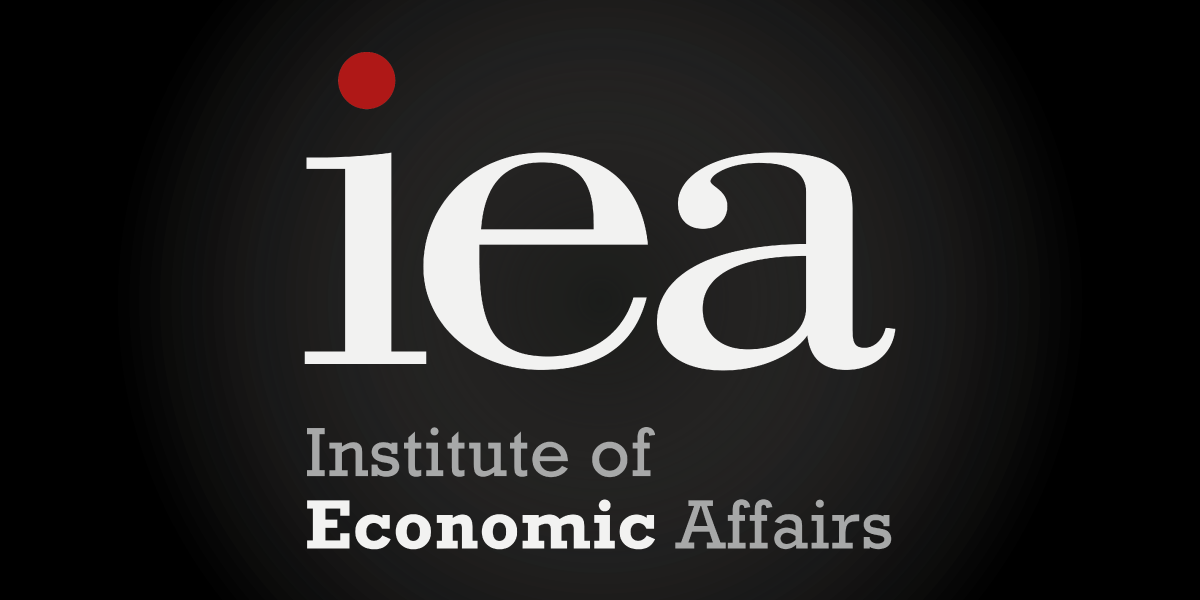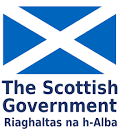PRESS RELEASE : Shadow Monetary Policy Committee votes to increase Bank Rate to 3 per cent [November 2022]
The press release issued by the IEA on 1 November 2022.
Shadow Monetary Policy Committee votes to increase Bank Rate to 3 per cent
The Committee were split on the size of the rate rise and on whether to continue with quantitative tightening
-
- The IEA’s Shadow Monetary Policy Committee (SMPC) has recommended that interest rates be raised by 75 basis points (0.75 per cent) to 3 per cent.
-
- Members were split five ways on the size of the rate rise, ranging from leaving rates unchanged to raising Bank rate by 1.0 per cent.
-
- There was also no consensus on the operation of quantitative tightening (QT), with two members advocating actively reversing QT and undertaking quantitative easing.
During the quarterly SPMC meeting, members noted that monetary growth is now consistent with a return of inflation to target. They differed mainly in their sense of how much need there is to re-establish Bank of England credibility and the extent to which one needs, at this point, to run with market expectations as opposed to provide the market with surprises to have an impact.
More hawkish members emphasised how far the Bank of England has been behind the curve over the past eighteen months and consider it urgent for the Bank to get ahead of inflation now, both to ensure that high inflation expectations do not become embedded in wage-setting and other economic agent decisions and to control market volatility.
Others emphasised that the mistakes of the past are in the past and that, starting from here, the position is that monetary growth does not need to be curtailed further. It was also noted that with the change of government fiscal policy is now likely to be excessively tight, meaning that recession does much of the work in returning inflation to target, so monetary policy needs to do less.
It should be noted that this is amongst the largest splits in voting that the Shadow MPC has ever experienced, and illustrates the very considerable uncertainty that currently exists as to the best way forward for UK economic policy.



